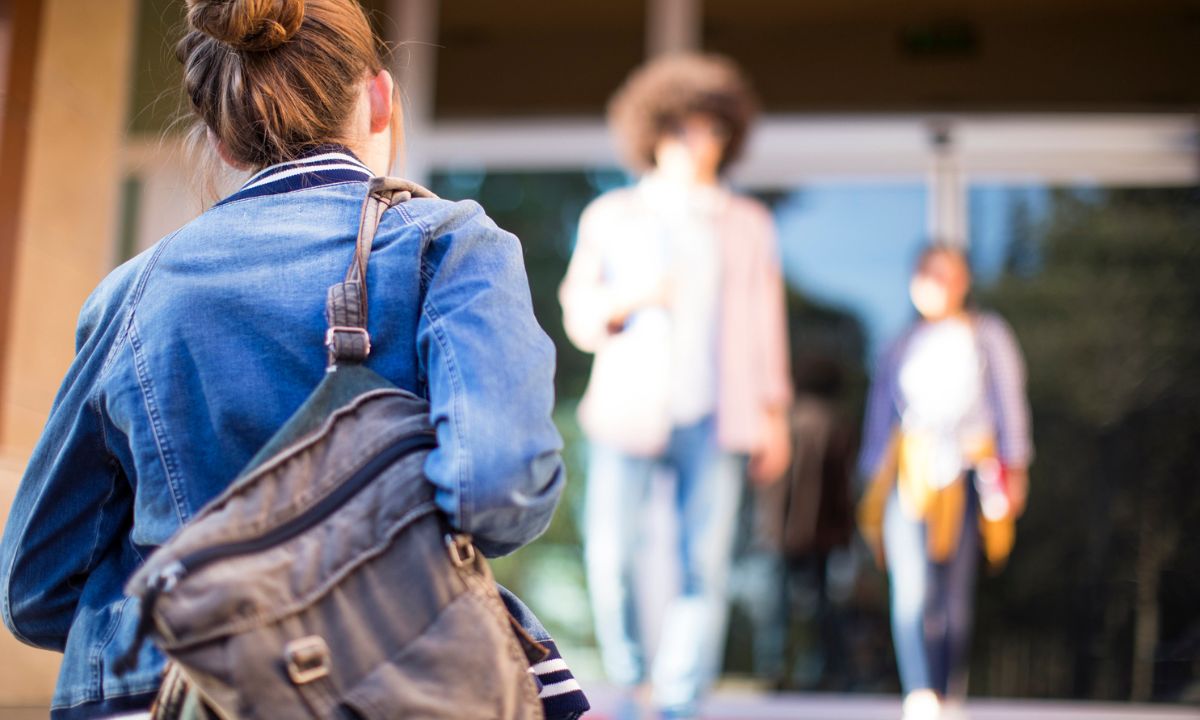Homelessness on the Rise Among Washington’s K-12 Students
State officials say better tracking of students without stable housing could explain some of the increase.

Get stories like this delivered straight to your inbox. Sign up for The 74 Newsletter
The number of students in Washington’s school system experiencing homelessness climbed last year, a new report finds.
Data from the Washington Office of Superintendent of Public Instruction shows that 3.8%, or 42,436 students, experienced homelessness during the 2022-2023 school year.
That’s up from around 37,000 students during the 2021-2022 school year and roughly 32,000 students the year prior – though the report notes that remote learning policies during the COVID-19 pandemic made it difficult to identify and serve these students during those years.
The increase could reflect both an overall rise in homelessness and school districts’ improvements in tracking these students, according to a spokesperson at OSPI’s Education of Homeless Children and Youth program. Access to more federal funding during the pandemic made it easier for districts to identify and work with students who are homeless.
Identifying students can help districts best serve them in what the report found to be one of the most stable and supportive places for those experiencing housing instability.
“Schools are a safe place for kids,” spokesperson Katy Payne said. “It’s consistent, it’s reliable.”
Federal law requires all school districts to annually report the number of enrolled students experiencing homelessness. Nationally, there are 1.2 million homeless youth in public schools.
In Washington, 9% of all students who identify as Gender X – meaning they do not identify as male or female – are experiencing homelessness. That’s compared to 3.9% of all female students and 3.7% of all male students.
Nearly 12% of Native Hawaiian and other Pacific Islander students and more than 7% of American Indian/Alaskan Native students are homeless.
More than 87% of unaccompanied youth, those who are not in the physical custody of a legal parent or guardian, are as well.
The majority of students experiencing homelessness – 76% – share housing with other people due to loss of housing or economic hardship. More than 10% live in shelters, and another 6% live in hotels or motels. Almost 7% are considered unsheltered, living in cars, parks, campgrounds or abandoned buildings.
Students who are homeless often suffer academically and are more likely to drop out of school or get suspended or expelled than their peers. They also tend to have higher absentee rates, worse test scores and lower graduation rates, according to the report.
Payne said some of these poorer outcomes have shown signs of improvement. “Part of that is because districts have a better understanding and more awareness about what they’re responsible for providing for students,” she said.
Although the Office of Superintendent of Public Instruction administers state and federal grants to schools, it’s up to local districts to determine how to coordinate services, like free meals or special funding and programs for low-income or homeless students.
One option is to fund a homeless education liaison who works with students to ensure they stay on track toward graduation and participate in extracurricular activities.
Many districts used pandemic-era federal grants to pay for these liaisons and training to help teachers spot students who might not have stable housing.
As that money runs out, it could be up to the state Legislature or Congress to find other ways to fund similar initiatives, according to OSPI.
Washington State Standard is part of States Newsroom, a nonprofit news network supported by grants and a coalition of donors as a 501c(3) public charity. Washington State Standard maintains editorial independence. Contact Editor Bill Lucia for questions: info@washingtonstatestandard.com. Follow Washington State Standard on Facebook and Twitter.
Get stories like these delivered straight to your inbox. Sign up for The 74 Newsletter

;)